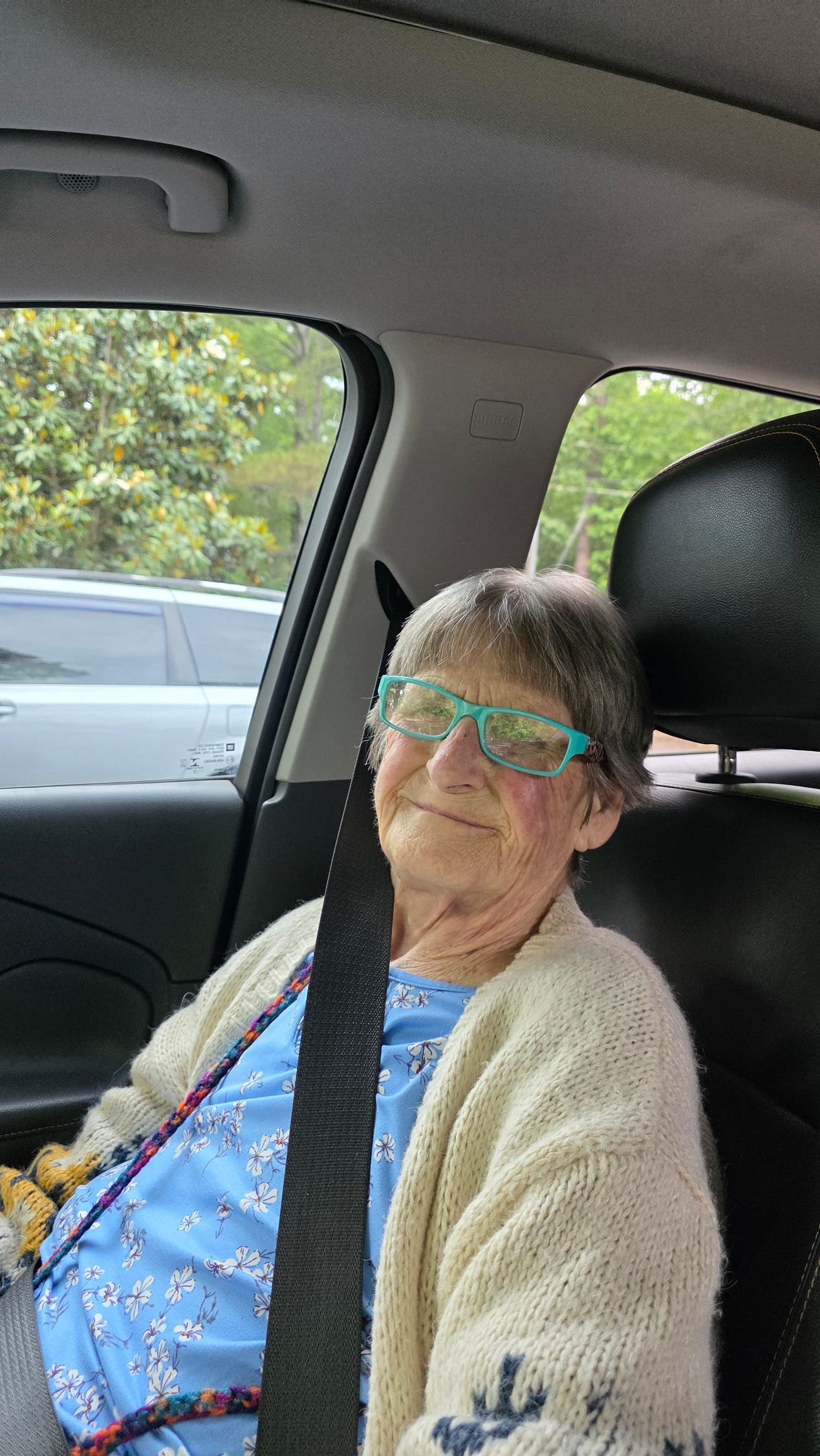A Turn We Didn't See Coming
Grandma's Health Journey: A Turn We Didn't See Coming
This week has brought us some big news about Grandma's health—the kind that stops you in your tracks. Since her bypass surgery in 1994, Grandma's heart had been doing great. Strong. Steady. Reliable. Just like her. But at a recent cardiology appointment, we found out that her heart's ejection fraction (EF) had dropped from a healthy 55% to just 23%.
To give you some context:
- A normal EF is 55–70%.
- 50–55% is considered borderline low.
- Anything below 50% may indicate heart failure.
- At 23%, Grandma's heart is working at less than half its expected strength.
Her diagnosis: Congestive Heart Failure (CHF) and Atrial Fibrillation (AFib).
What We Think Happened
This dramatic drop likely didn’t happen overnight. Several factors may have contributed:
- Low sodium levels that led to medication adjustments.
- Low thyroid function that slowed her metabolism.
- Stopping her blood thinner after her hospital stay.
Hospital notes indicated she should have been switched from Plavix to Eliquis, but that never happened. Since her discharge, she’d only been taking aspirin. She’s now back on Eliquis 2.5mg to help manage her AFib and reduce the workload on her heart.
She’s also been prescribed:
- Furosemide 40mg, a stronger diuretic to remove excess fluid.
- Samsca, which helps remove fluid while maintaining sodium levels (a correction to a mix-up on my part—I mistook Samsca for a sodium tablet when we were in rehab).
Yes, I missed it. And I hate that. But I’m learning to give myself grace, knowing I’m doing everything I can to fight for her health and quality of life.
CHF & AFib: What It Means
Congestive Heart Failure doesn’t mean the heart has stopped; it means it isn’t pumping effectively. This causes fluid buildup in the lungs, legs, and other tissues. You may have noticed:
- Grandma’s swollen legs
- Fluid leaking from her skin
- Shortness of breath
- Weight gain due to fluid retention
Atrial Fibrillation (AFib) is an irregular heartbeat. The top chambers flutter instead of beating evenly, which leads to poor blood flow, higher stroke risk, and more strain on her already struggling heart.
Together, AFib and CHF create a vicious cycle. One makes the other worse.
What’s Next
This is a fight we’re ready to take on, and we’re already seeing progress. Grandma will:
- Undergo a procedure to drain fluid from around her lungs (Pleural Effusion)
- Begin fluid restriction (1.5 liters/day)
- Continue a weekly lab schedule (Basic Metabolic Panel) to monitor kidney function, sodium, potassium, and more
- Stay on her new medications
She has also started tracking her weight, blood pressure, and urine output daily. These numbers help us catch any changes early.
Our "Care Village"
I know I haven’t always done a great job sharing every detail with family and caregivers. I keep a binder that goes with her everywhere and give her schedule to anyone who helps, but I know I need to do better.
That’s why I’m working on a better system for communicating with Grandma's "Care Village."
I’ve been so focused on protecting her and making sure she gets the best care, I sometimes forget that I don’t have to do this alone. You all love her just as much as I do. We all want her to be well.
To-Do List
- Wait for the hospital to schedule the lung fluid drainage procedure
- Implement fluid restriction
- Pick up and administer new meds
- Continue daily tracking of vitals and symptoms
- Notify Primary Care and Home Health teams
- Monitor labs and report to doctors weekly
Final Thoughts
This is a lot. But Grandma is still with us. Still fighting. Still smiling. Still fussing at me for doing her plants wrong. She has stayed busy with her crochet projects. She has made dresses and blankets. I see her strength every day, and I feel her gratitude.
Thank you all for the support. I’ll continue sharing updates here. If you have memories, photos, or messages for Grandma, please share them through the form on the site. Your love lifts her up in ways you may never know.



